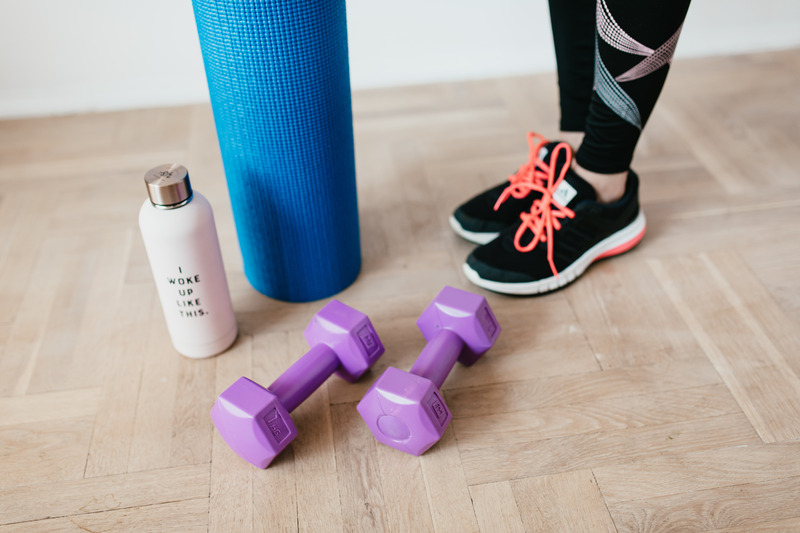Ergonomics in the Laboratory

Estimated reading time: 3 minutes
Musculoskeletal disorders such as carpal tunnel syndrome and lower back pain occur often in the Laboratory. Laboratory researchers are at risk for developing injuries because of the repetitive nature of pipetting, use of small handheld tools, opening and closing cabinets, prolonged awkward postures at a microscope, awkward postures at biological safety cabinets, and a variety of other laboratory tasks. By becoming familiar with how to control laboratory ergonomic risk factors, you can improve your comfort, productivity and job satisfaction while lowering the chances of injuries. Read our blog for more information about working in the laboratory and ergonomics.
Common ergonomic risk factors in the Laboratory
- Repetition: performing the same motion over and over again.
- Awkward Body Postures: the holding of a bent position of the neck, back, hands/wrists, arms raised above shoulder level or arms extended.
- Force: physical exertion or pressure applied to any part of the body while working (lifting, pushing, pulling, gripping or pinching equipment).
- Contact Stress: pressure on soft tissues of the body, such as the soft part of the palm, wrist or the sides of fingers by tools and sharp edges.
- Extreme Temperatures: cold air temperatures (12 degrees or lower) may cause discomfort, cold fingers or a numbing feeling.
Pipetting
Pipetting is one of the most common tasks performed in the laboratory. The following are recommendations for ergonomic and pipetting: Use pipettes that fit comfortably in your hand, take micro-breaks of 3-5 minutes for every 20-30 minutes while pipetting, use shorter pipettes where possible (this decreases hand elevation and consequent awkward postures), try to work with your hands and elbows close to your body, and use an electronic pipetter if available.
Microscope
Ideally, you should be able to adjust the height of his or her chair, work surface and microscope, as all human bodies are different. The following are recommendations for ergonomic and the use of the microscope: try to avoid using the microscope more than 5 hours a day, try pulling the microscope toward the edge of the desk to position the microscope in a more upright posture, use an ergonomically designed chair that provides full back support, adjustable height, and adjustable seat angle, and try elevating the microscope or placing it at an angle so you can look directly into the eyepiece.
Biosafety cabinets and laboratory workbenches
Biosafety cabinets and laboratory workbenches present similar ergonomics hazards which are mostly due to lack of adjustability and legroom. The following are recommendations for ergonomic and the use of biosafety cabinets and/or laboratory workbenches: try to use an ergonomic chair and footrests when feet don't reach the ground, when standing for prolonged hours use an anti-fatigue mat, and armrests may be installed external to the cabinet or edge of the workbench to provide support for the arms and still maintain the required airflow.
How can Fit for Work help?
For more information about Ergonomics Self Assessment and Education Tool or support to stay legally compliant, reach out to Fit for Work and discover how to help you develop, maintain, and support your ergonomics program. For more information on our Ergonomics Self-Assessment and Education Tool, contact us.










